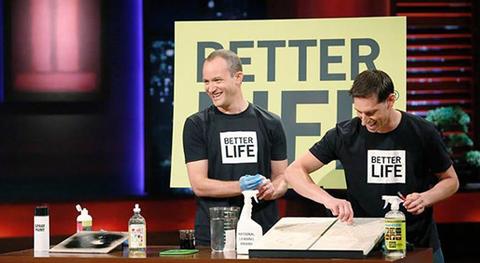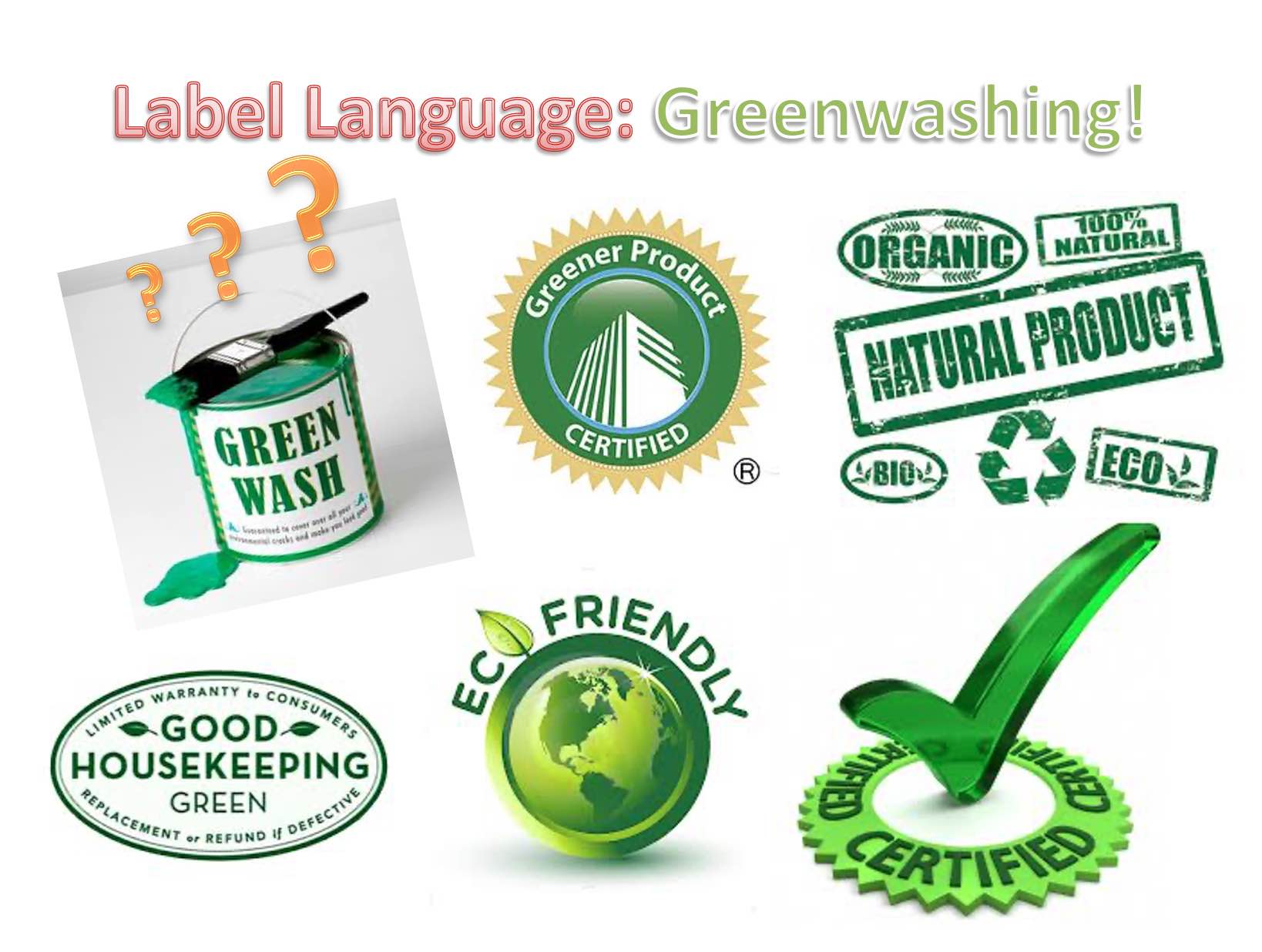Cleaning for COVID-19
In March of this year, the U.S. EPA List N of disinfectant cleaning products was updated to include products for COVID-19 cleaning. For the average person, this is a daunting document, but you can use it!
- Start on the last page to find the products that disinfect for COVID-19. Most are products for commercial or healthcare professional use, but there are product brand names you will recognize for use in our homes too, like Clorox and Lysol.
- Ingredients like quartenary ammonium (quats) and sodium hypochlorite (bleach) are chemicals you might usually avoid if you are committed to Green Cleaning, but these are extraordinary times. To stay safe, use them – always according to product directions.
If you can’t find brand name cleaning products or wipes – a common situation, still – you can make your own cleaning wipes using paper towels and chlorine bleach, again according to product instructions. Beyond this, the EarthWays Center advises suspending DIY cleaning options as we deal with COVID-19.


EarthWays Green Tips
- Use new bleach! Who knew bleach has a shelf life. I had a jug in the basement in early March, so I didn’t bother getting a new supply when bleach was still on store shelves. A code on the bottle includes a manufacture date, but it is in code, not like food product date stamps. A neighbor gave me a small bottle of new bleach to use until we found a source to buy a new jug. For this serious cleaning, don’t use old bleach.And don’t evaluate the potency of the jug you have by any method other than deciphering the code – don’t smell the stuff!
- Paper towel quality does affect your DIY Cleaning Wipes! A friend sent me this fun how-to link but I didn’t have brand-name paper towels. My recycled-content roll of towels kind of turned to mush. I can pull a usable wad out of the center of the roll, but I don’t get the neat “sheets” the YouTube person demonstrates. It’s OK, though, the wads work. You can use the paper towels you have.

Cleaning Product Certification Programs
Safer Choice is one of three U.S. Environmental Protection Agency certifications that let you know the product has been evaluated against federal agency guidelines. Safer Choice covers cleaning products. Safer Choice labeling informs consumers alongside two other EPA certifications: WaterSense (for water-using appliances) and ENERGY STAR, which is one of the world’s most recognized brands. These programs are our federal tax dollars at work!
To earn the certification, a manufacturer submits product specs and a sample of the product itself to EPA for laboratory evaluation. Cleaning products must meet or exceed EPA standards, evaluated against the EPA list of Chemicals of Concern. If evaluation is successful, the product can display the Safer Choice logo.
EPA cleaning product certification began in the early 1990s as Design for the Environment (DFE), an innovative, non-regulatory initiative to help companies consider human health, environmental and economic effects of chemicals and technologies, as well as product performance, when designing and manufacturing commercial products and processes. DFE was rebranded in 2015 as Safer Choice, to more clearly engage and serve the public.
Safer Choice includes both consumer and commercial level cleaning products. The logo variation with outline of a house added indicates consumer products. A product with no chemicals added as a scent can display the logo for example.
Safer Choice is not yet as widely used as ENERGY STAR, but manufacturers are increasingly seeing and seeking its value. Some less-than-safer product lines that launched as “green” have actually reformulated to be able to earn the Safer Choice certification.
For commercial use, Green Seal is the gold standard of green cleaning product evaluation and certification. The independent third-party testing laboratories of Green Seal have contributed to a sea change in the commercial cleaning product industry, Working in concert with requirements of the US Green Building Council's LEED programs for planning, implementation and certification of sustainability in the built environment. Most commercial cleaning product manufacturers offer a Green Seal product line.

A Few Cleaning Product Line Recommendations
You will pay more for a “green” product, so be sure you are getting the promised value. With cleaning products, there’s more “greenwashing” than value, but some products lines do deliver.
Better Life is a line that originated in St. Louis - and fielded its first public sales at the Garden’s Best of Missouri Market! Better Life developers Kevin Tibbs and Tim Barklage are lifelong friends. When they had kids, their shared concern about safety of available home cleaning products prompted them to combine professional skills in marketing and formulation chemistry to take DIY to an enterprise level. Better Life products list all ingredients on labels. Products are “free of” cruelty, petroleum, fragrance, and sulfates and made in the U.S. Better Life continues to evolve new product offerings, and fields a home cleaning service.

Seventh Generation products take their name from this continent’s indigenous nation values of basing action on impacts evaluated seven generations into the future. Once only available through the California-based Real Goods catalogue company, Seventh Generation is now on supermarket shelves. Method products, originated by Target stores is now widely sold by other chains. Both of these are valid choices from the many product lines touting their "Green Cred".
How to avoid “Greenwashing?” Read the labels!
Don’t be fooled by marketing language. Product attributes like scent appeal to our emotional response to a smell that says clean – and we all have one! How a product smells, or the emotion a “smell” arouses, is a huge marketing tactic. But how does Fresh Linen really smell, anyway? That’s the power of marketing: makes us want it!

The only verbal guarantee that a product has no mystery chemicals added to make it smell nice is the wording Fragrance Free. This is a legal definition, governed by the Federal Trade Commission. Chemical formulas for product smells are defined as “trade secrets” which no manufacturer is required to disclose. Other label phrases do not guarantee your freedom from mystery chemicals. If you are chemically-sensitive or just don’t want any added smells, look for the words Fragrance Free on the label. Safer Choice labeling includes a Fragrance Free designation for some products.
Other label language that should tip you off to greenwashing includes phrases like: No Harsh Chemicals or No Unnecessary Fragrance. Terms like Natural, Pure, and Eco-anything are only pure marketing; they have no legal or specific meaning. If you feel like you’re getting snookered, friend, you are.
And here’s our favorite Greenwashing term: Friendly. You’ll see this one on labels as Earth-Friendly, Nature-Friendly, Water-Friendly and more. Hopefully, your mate and your dog are friendly. If a product wants you to feel it’s Friendly, it’s label is telling you it’s Bogus.
Prevention is a Value-Add in Green Cleaning!
The U.S. Green Building Council’s LEED standards require using door mats or walk-in floor mats, to reduce pollutants indoors. Many cultures practice removing shoes at the door. The dirt and pollutants you don't let in will reduce your cleaning load. Spills and messes always happen, but every reasonable measure to prevent them is an element of Green.
DIY Green Cleaning
EarthWays offers classes to explain and make good basic cleaning and personal care products. A tried-and-true favorite is Clean-Air Cleaner. This all-purpose cleaning product uses products commonly found at home, almost all food-grade. Click here for the recipe. Multiply recipe quantities to make this up in a gallon jug, then refill your reusable spray bottles for easy, healthy cleaning for most day-to-day needs. Learn more from our video Detox Your Domicile. Note: this product is not for sanitizing and disinfecting.

When it’s safe for public health to gather again, join us for sustainable learning fun in an EarthWays Center DIY Cleaning Class.
Plants For Indoor Air Quality
Last but totally not least, you can team up with the Power of Plants to help clean the air in your home, work or learning space. NASA's list of the best plants that thrive indoors and purify indoor air comes from the toughest testing situation: SPACE!

As our homes become Greener through energy-smart air-sealing and insulation, they also make it easier to trap indoor air pollutants. Chemicals like benzene, formaldehyde, and ammonia can “off-gas” from household building material and pollute your home’s atmosphere without any visual warning. The “phyto-remediation” chemical-capture capabilities of certain plants add a real force to your healthy home maintenance efforts – while contributing the beauty of living green stuff!
Big bonus: these Air Quality Guardian plants are hardy! Almost human-proof! From NASA’s list of 10 highest performing plants, the hardest to kill are:
- Peace Lily - will wilt when only slightly dry, it's VERY DRAMATIC, just give it a drink to revive!
- Spider Plant - great for hanging baskets and pots.
- Snake Plant - SUPER HARDY, thrives in the lowest light conditions, can practically live in a closet
Start with these to grow your confidence as a Plant Ally as you enjoy healthier air – and your plants!
Important: Standing water in plant saucers is a mold producer. Water according to plant growing conditions, check saucers and dump standing water.
Take Care of Yourself as Well as Your Living Space
In time of critical cleaning needs - like preventing COVID-19 - refer to CDC guidelines for cleaning protocols. Give your living space some good ventilation and don’t hesitate to bring out the big guns of cleaning. It’s important keep a balance of vigilance and self-care, especially while you are caring for the health of loved ones. If it feels like you are backtracking on Green practices, from more chemical intensive cleaning to limits on what you can reuse and recycle, rest assured these measures make sense for now. Take a leaf from Nature’s many shades of Green.
BUYER BEWARE OF GREENWASHING
"Seals" and certifications other than Safer Choice and Green Seal are NOT guarantees of anything other than potentially higher cost than conventional products. Words like "Eco, Earth, Sustainable, Green" are marketing, pure and simple. Use of the word "Friendly" is the reddest flag! As mentioned, your dog is friendly -your mate is (hopefully) friendly. Product claims that they are "Earth (or other) Friendly" are BOGUS!